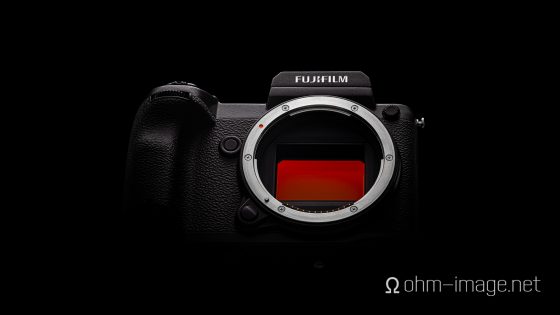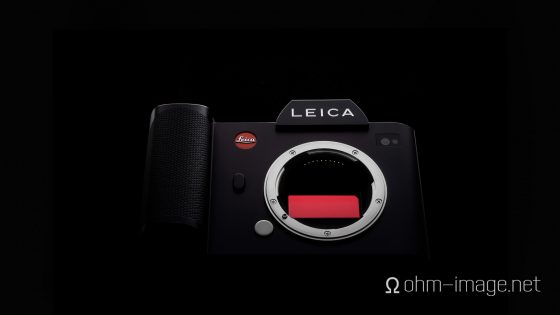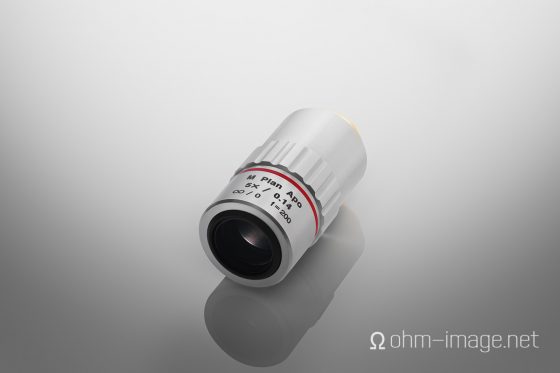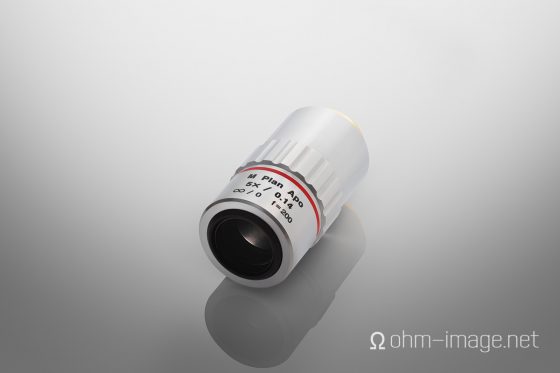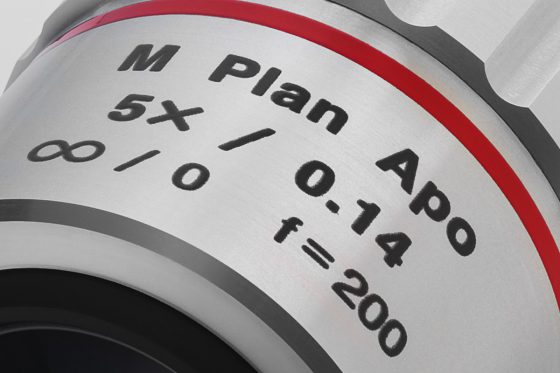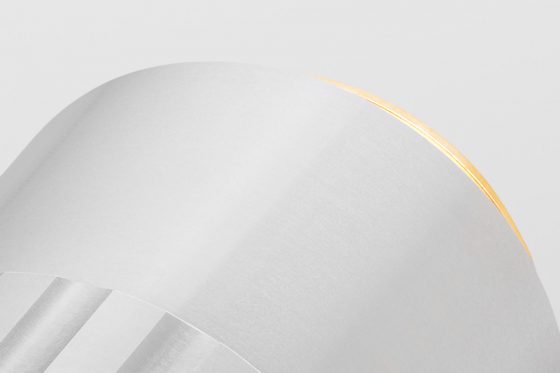I pitted the GFX50s against the Leica SL in the following video:
You’ve probably forgotten about me. Hello, I’m Nathan. I run a still-life and event studio in Japan. My blog, ohm-image.net, covers some stuff about the gear I use in work as well as reviews, and other stuff.
My bread and butter is audio/video/jewelry photography, where resolution and colour fidelity are paramount. Previously I’ve written an article at LR about the MGR Productions Bresson adjustable M magnifier. By all means, check it out.
Two years ago I side-graded from a Hasselblad CFV-50 and CFV-50c to the Fujifilm GFX. The year previous I purchased a Leica SL for events, magazine work, and sundry other. On the face of it, comparing the two is silly. The GFX has a sensor roughly 60% larger, has more than double the pixel count, and and a result of both, has better DR, noise, and more.
But in the studio, with the same light, I found that apart from resolution, differences in general output performance between the two to be minimal at best. As a result, the SL covered most of my faster-paced commercial work, while the GFX covered the high-end stuff.
Originally, I was using a Linhof M679cs and ground glass slider with the Hassy backs. The 1.1 crop of the CFV-50 turned 50-60mm lenses into moderate wide angles. On the CFV-50c’s smaller sensor, those lenses became wide normals. The GFX’s long flange distance precludes use with board lenses wider than 55mm. Apart from that singular hiccup, the GFX makes life in macro land much easier. No longer did I have to use Phocus to raise/lower ISO for preview/focus, and then lower again for taking. No longer did I need a sliding back when my computer wasn’t handy. WiFi, image magnification, automatic stop-down, and more made it super easy to use. And, its smaller MF sensor is just about covered by myriad 35mm lenses.
It even has great battery life and a flippy screen.
Unfortunately, its many plusses are offset by sluggish processors. These are barely keep FPS high enough to focus under high magnification. In fact, after 1:1, typically they drop to 3-5fps, and turn everything in the entire scene into waves and gyros. To that, magnifying an image in the GFX’s screen or LCD (or any X camera for that matter) for fine focus, reveals another problem: the screen tiles do not overlap. Rather, a push of the joystick raises or lowers or slides from one discrete portion of the sensor to another, making fine focus whilst panning at 400%, impossible. The SL pans at 400% with overlapping segments, making it much easier to check focus of this element and elements close around it.
This issue alone turned me more and more to the SL for high-end high-magnification work. From there, I began using the SL for more work at a variety of magnifications, saving the GFX for even more special occasions. Even at magnifications of 5-6x, it keeps FPS high enough to focus. Better, it is faster to change from fastest flash sync speeds to multiple-second syncs necessary to get an LCD, or other internal light source to glow.
It works great with microscope objectives, stacked lenses, and, even when pushed a bit in post, produces clean, quality images.
The video at the beginning of this article will show some of that. I also hope that the attached images show just how little difference there is between both cameras. This applies to using the GFX cropped or uncropped.
It also gets me wondering about the new high-resolution SL2 bound for the market as well as Fujifilm’s 102MP monster. If Fuji can fix the high-magnification speed as well as high-magnification tiling pan system, they will have made the GFX a much more viable system.
I have a few issues with the SL, which I detailed in this video. To be honest, most are manufactured in order to find something, anything, wrong with the SL from a design standpoint. I do wish they de-coupled the AF-ON from the joystick. And I really do wish they added discrete controls for AFC functions. But largely, Leica designed the perfect digital camera.
Fujifilm splash around without good design direction a lot more, but I think they are beginning to listen to critical voices in addition to the fanboy. The GFX100s is evidence of its.
One thing is for sure, 2019 is exciting. Now, back to work.
GFX closeups:
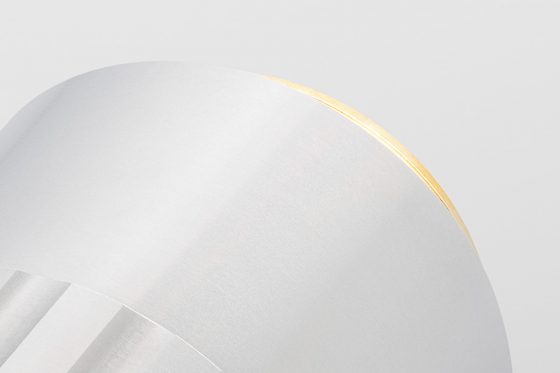
If you have an interesting idea for a guest post, you can contact me here.
